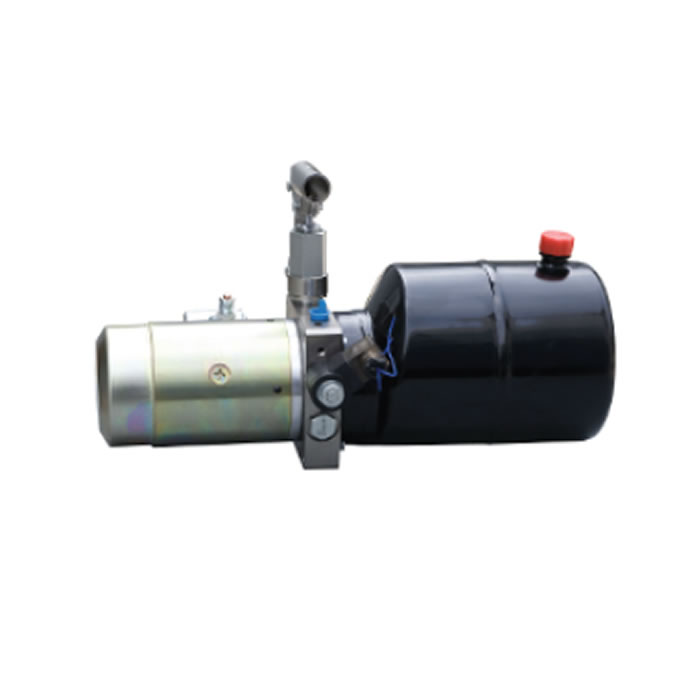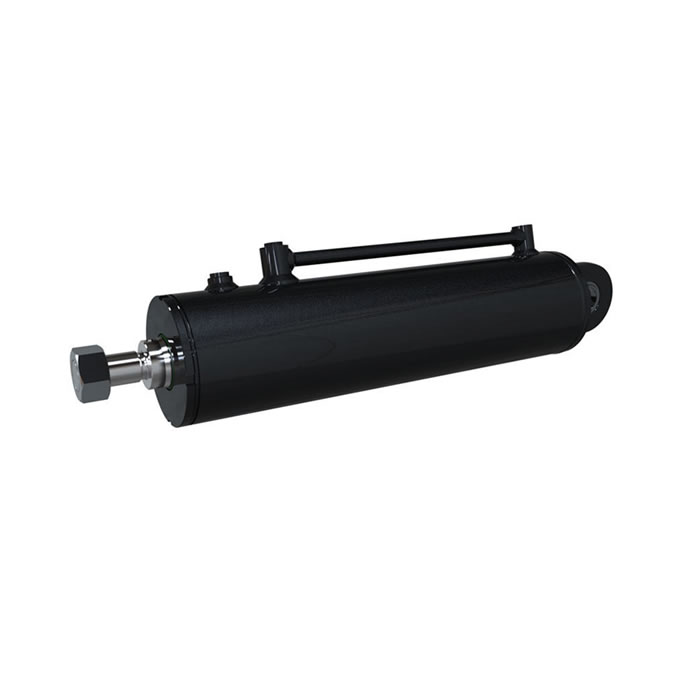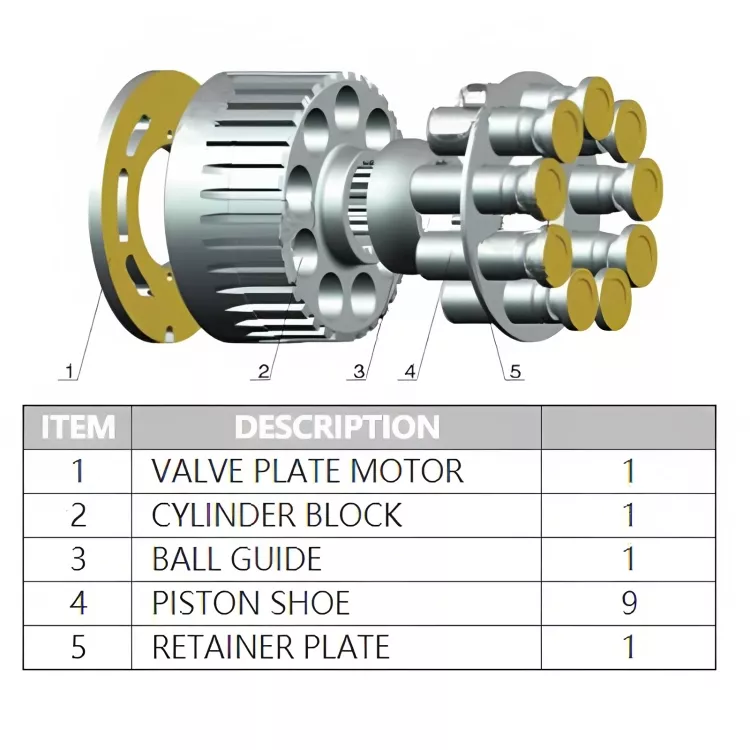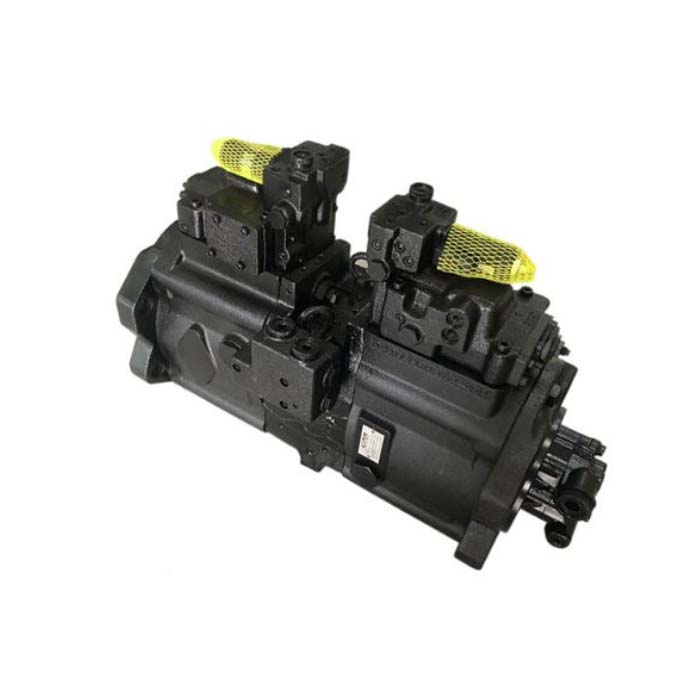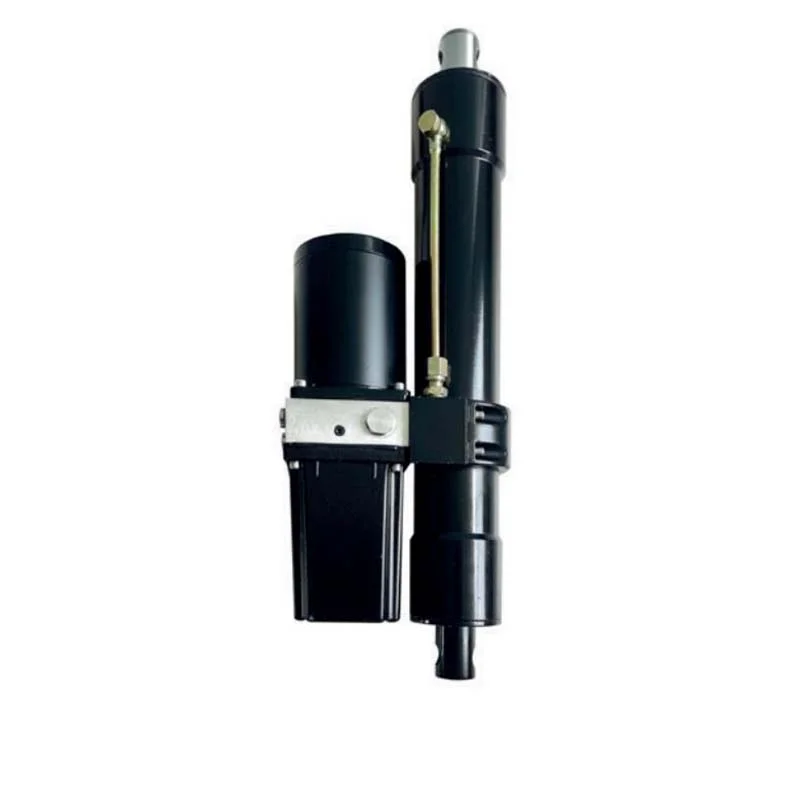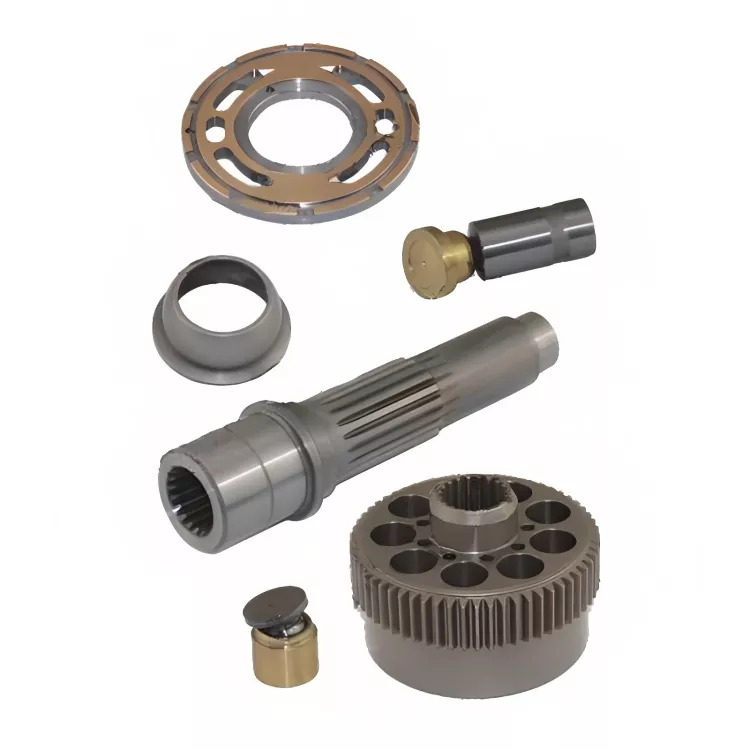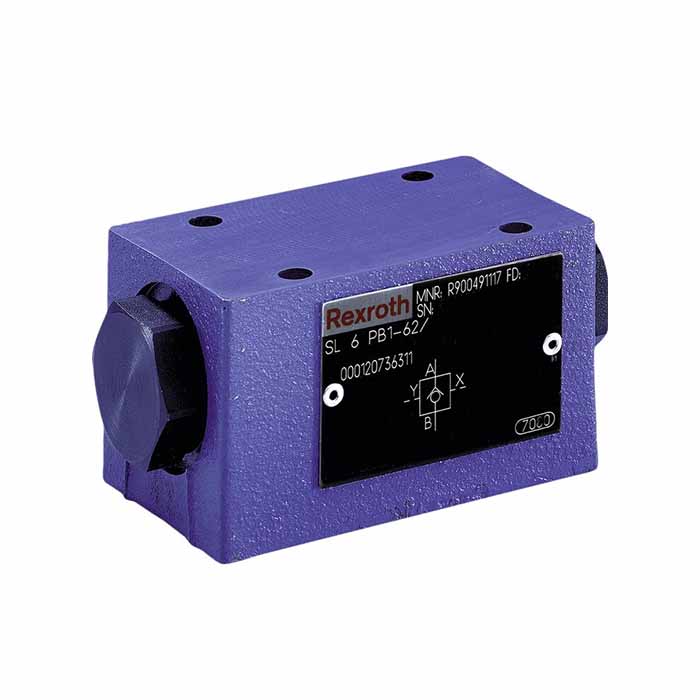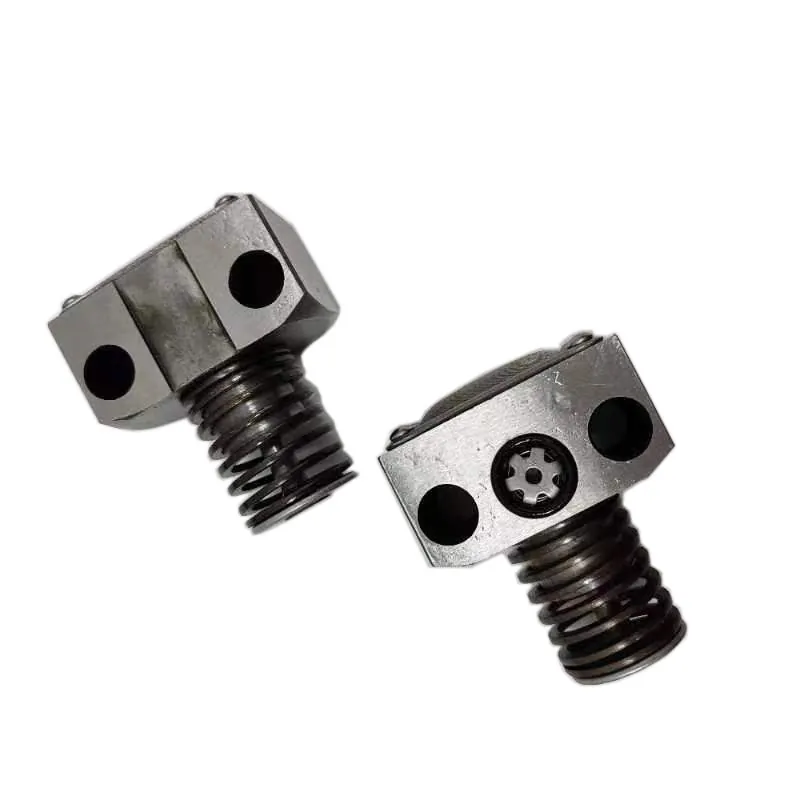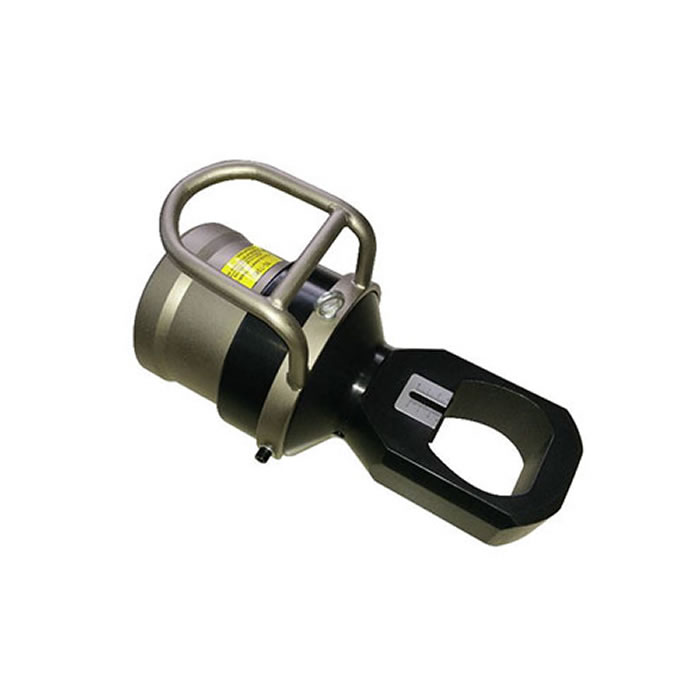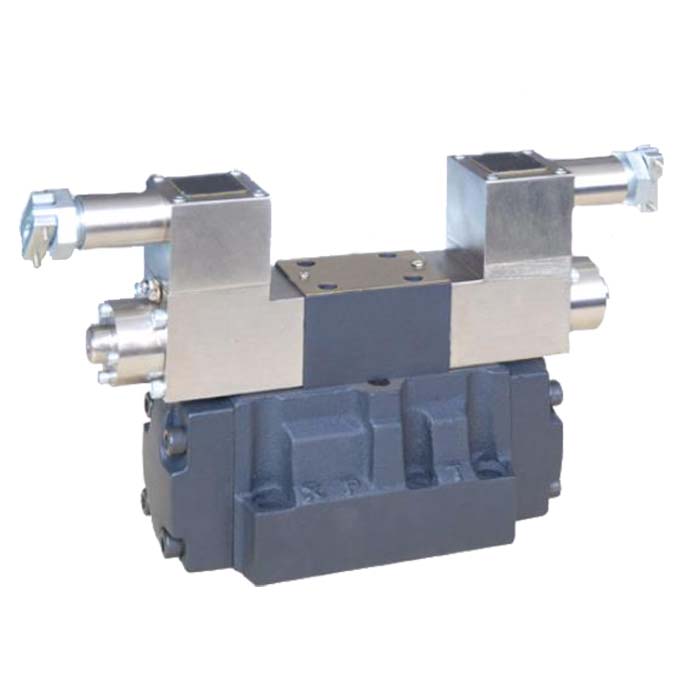The difference between modern hydraulic power systems and traditional systems
Modern hydraulic power units have the characteristics of small size,
light weight, unrestricted spatial arrangement, and long service life.
Both in terms of functionality and product appearance,
they have completely replaced constant speed hydraulic power units.
The new generation variable speed hydraulic power units offer higher energy efficiency and are beginning to dominate the market.
These new devices also feature built-in sensors, diagnostic functions, and even cloud connectivity,
making them easy to integrate into the Internet of Things (IoT) environment.
This article will discuss the main differences between traditional and modern hydraulic power units.
HPU Energy Efficiency
Fixed-speed HPUs run at a constant 100% motor speed,
resulting in any energy not used for work being converted into heat.
This leads to higher energy costs and excessive heat generation that must be controlled through cooling,
which requires additional energy. Variable-speed systems adjust the energy output to match operational demands.
As a result, variable-speed HPUs have proven to save up to 80% in energy consumption.
Lower, more controlled operating speeds also reduce equipment heat output, running temperatures,
and minimize or eliminate the need for extra cooling measures and their associated costs.
HPU Noise
Modern equipment is quieter because it operates at variable speeds,
providing power only when required instead of constantly delivering full power.
Additionally, modern systems are constructed using noise-suppressing materials such as liquid-cooled motors,
compact component layouts, integrated housings, and built-in sound insulation pads.
HPU Size
The size of an HPU is typically determined by the size of its hydraulic oil reservoir.
For traditional HPUs, the reservoir volume is usually two to five times the maximum pump flow rate.
In contrast, modern HPUs can be designed with a 1:1 flow-to-reservoir size ratio due to pump controls,
advanced manifolds design, and the use of variable frequency drive motors to drive the pump. Therefore,
a unit capable of producing a maximum flow rate of 150 gallons per minute may require only a 150-gallon reservoir,
reducing the reservoir capacity by 75% compared to traditional HPUs.

